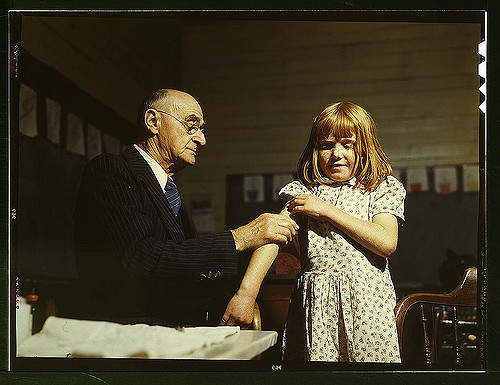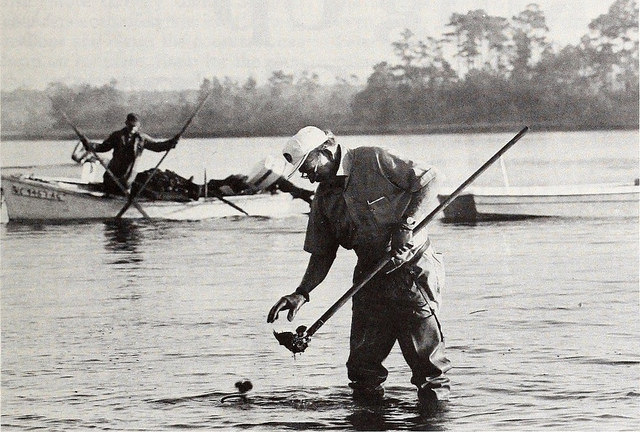Being asked to help someone can feel good: they had a problem and thought that you had sufficient experience and expertise to help them. When someone asks for help the temptation is always going to be there to jump in and show that you are the expert they thought you were, or to act as a doctor to diagnose their problem: can see what their problem is or what the solution should be and are more than happy to take the problem on for them.
But is that always the best thing to do?
Another Way of Helping
Edgar Schein describes another way of helping. Rather than jumping in to provide a solution or diagnosis to the problem, Schein suggests instead working with the person in need of help – as a ‘process consultant‘ – to help them find a solution themselves.
The idea of helping people help themselves is nothing revolutionary: teach a man to fish and all that. It’s also not that different from how ‘relationship guides‘ advise you to listen to other people’s problems rather than immediately going into ‘expert’ mode to help. The idea even seems to have some theological credibility.
Acting as a ‘process consultant’ is useful in that it reminds you, and formalises the idea, that you have a choice when someone asks you for help. Sometimes it will be right to immediately offer up a your expertise and provide a solution. Sometimes you will think the best way forward is for you ‘diagnose’ a problem when someone comes to you with symptoms. But, equally it can sometimes be best to ask open questions, explore the problem area, and let the person who came to you – the client – find their own best solution.
Three Ways to Help
Schein talks about three ways you – the ‘consultant’ can help the person in need – the ‘client’. Each approach seem right in different situations, and there are some questions that you can ask yourself when faced with different requests for help.
1. The Expert

The expert is brought in to perform a specific task or solve a specific problem. The expert is needed when client has diagnosed and identified the problem themselves, and needs help to implement a solution.
Examples might include programmers, systems analysts, book keepers, accountants and so on.
Questions to ask yourself:
- Do you, as the consultant, actually have the right skills to implement the solution the client needs? They have come to you, but may be they don’t quite understand the limits of your expertise.
- Has the client actually diagnosed the problem correctly? – it may be that they have been looking for the wrong expert.
- Has the client correctly communicated the problem to the consultant? It’s one thing for the client to know what is wrong, but it’s all too easy for things to be lost in translation or have communication issues.
- Does the client understand the implications of bringing in the expert? What could the unforeseen consequences be?
2. The Doctor

In a way similar to the expert, but has additional powers of diagnosis. In these situations the client comes to the consultant with symptoms, without knowing what is causing them. Just as a medical doctor might diagnose appendicitis from a pain in the abdomen, the ‘doctor’ helps by diagnosing the route cause of the client’s issues.
Questions to ask yourself:
- Will the diagnosis process be seen as helpful? For example, going into a situation to find out what has gone ‘wrong’ might not be well recieved by others.
- Is the consultant able to accurately diagnose the problem? This could depend on the expertise and experience of the consultant, and the nature of the problem.
- Will the people/person in the problem area give correct information? Maybe they can’t or don’t know the information you need, or maybe they are suspicious of the diagnosis process and deliberately give false information.
3. The “Process Consultant”

The process consultant is Edgar Schein’s third way of providing help. Rather than trying to provide a solution, or externally diagnose the problem, it instead places the onus on the client themselves. It is the client who knows the complexities the the human system they work in, and may have a much better sense of what will or will not work.
Unlike the ‘expert’ or ‘doctor’ models of help, the client continues to own the process and doesn’t offload it onto the helper. It is the clients problem, the consultant just helps them find a workable solution. Working in this way is much more likely to get a good fit with the client.
Questions to ask yourself:
- Is the client hurting but not sure why, where, or how? One of the benefits of process consultation is that it doesn’t need a specific symptom. A general feeling of unease is enough to start exploring the situation with the client.
- Does the client not know what help is available, or which type of consultant could help?
- Is the client capable of learning how to diagnose and solve their own problems? In many cases the answer will be ‘yes’, but do ask yourself the question to avoid persuing too many lost causes…
- Would the client benefit from being involved in the diagnosis process? Again, the answer is often going to be yes, but do ask yourself the question.
Not a Panacea
I’m sure process consultation is not a panacea. Often there will be clear-cut, solid reasons to act as the expert or the doctor and you can just go in and do exactly what is needed.
But often it will make sense to resist the urge to jump in, and instead ask a few more questions and see if you can guide your client towards working things out for themselves. It can even be that having explored things in a bit more detail you realise that what is needed is for you to put your ‘expert’ or ‘doctor’ hat on anyway. And that’s fine too.